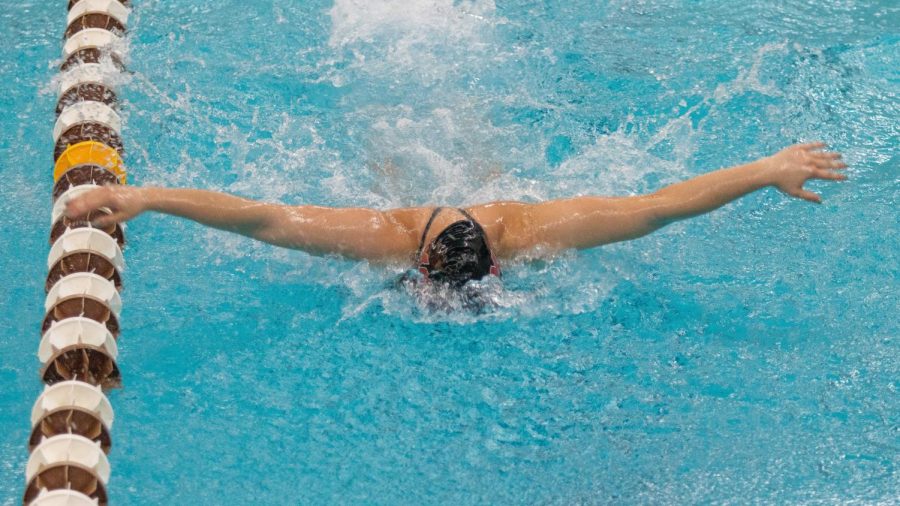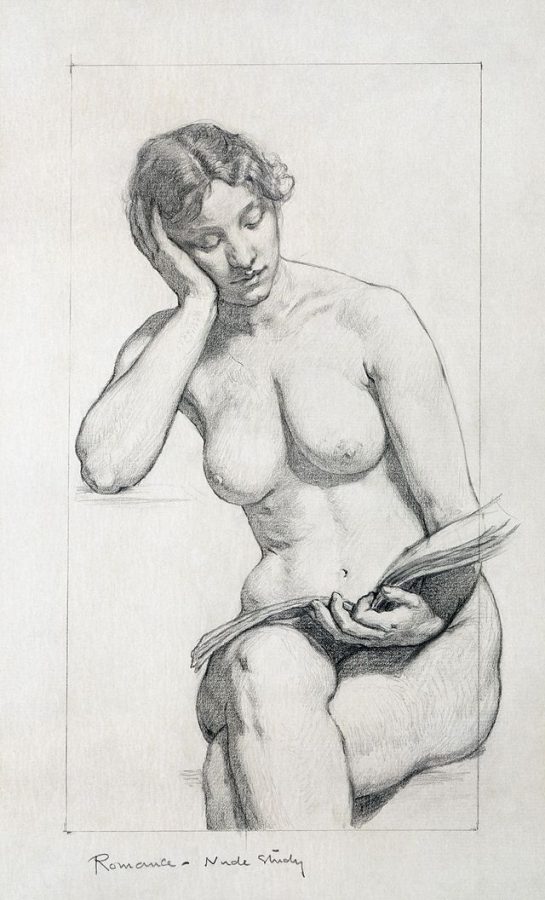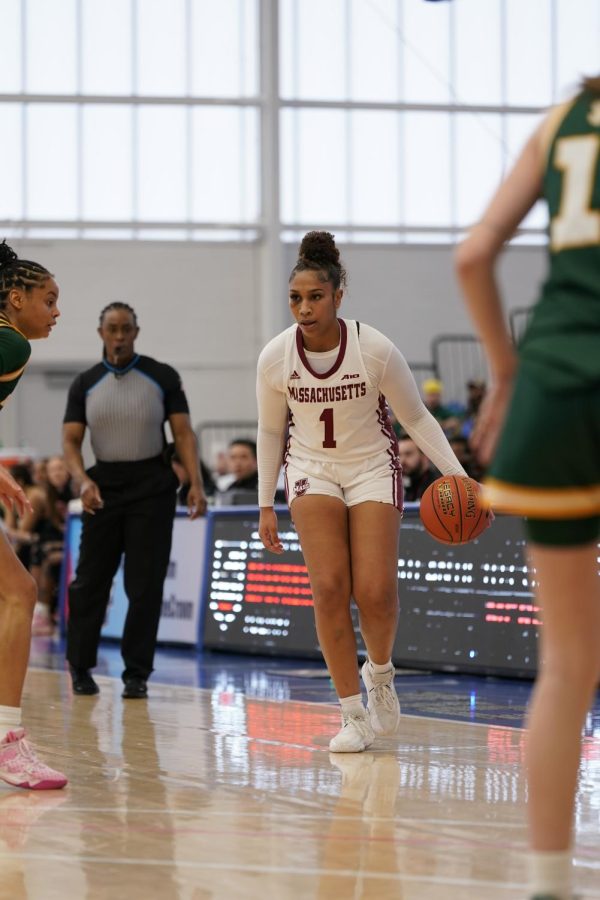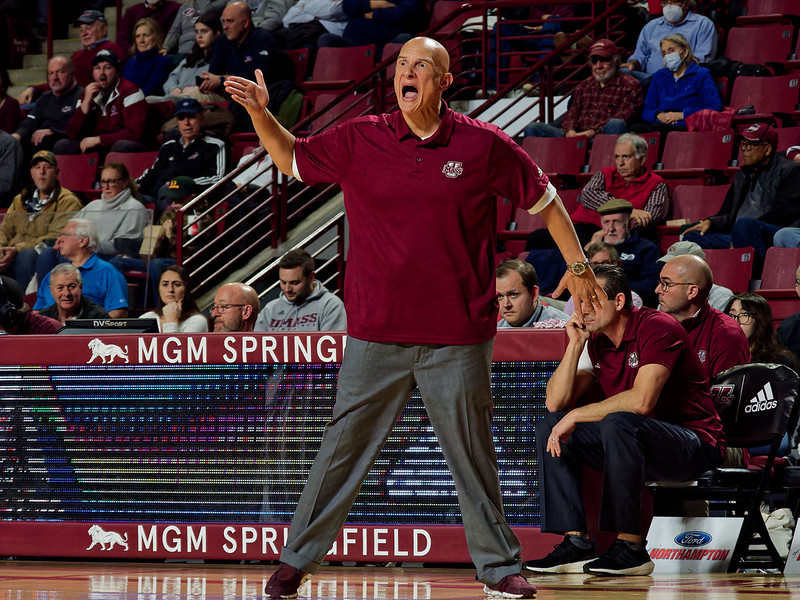I’ve been swimming competitively for over a decade. Going into college, I knew I wanted to continue swimming at a high level while still prioritizing academics. So, I decided to try club swimming, but that’s when things went south.
Swimming has made me who I am. I swam at the New England Championships almost every year of the swimming club and was the MVP every year I swam in high school. But going into college, I wanted to flesh out my other talents like many students entering a new atmosphere.
The club swim team at the University of Massachusetts seemed like the perfect fit to continue swimming in competition, a team that continued to strive for excellence with qualifying times for nationals while being fun and not having an overly vigorous schedule. Though I soon learned that the standards I envisioned did not exist.
Tryouts lasted four days, the same week that many other auditions and first club meetings took place. Two days consisted of practice, and the other two, time trials. For the two days I couldn’t make it, I talked with the team’s executive board and emailed them to let them know, to which I received a “no worries.” I also completed extra time trials one day to make up for the day I missed.
It turned out my times didn’t matter.
Curious as to what the team was looking for, I inquired with the E-board several times. They presented to me the 3As: attitude, ability and attendance. The first thing I remember thinking when I heard this was, “Um, what?” Such standards are vague and are loosely correlated to swimming at best. And it raised another question — what was the point of time trials? Why be a team that swims at nationals if times aren’t your main point to look at?
But I was only slightly worried. I was the fastest swimmer in all my events at tryouts, and the 3As were looking good for me.
Then I received an email that I didn’t make it to the team.
Swimming is a sport where performance, especially in the case without consistent practice, can rapidly deteriorate within months. My high school team required all swimmers to do time trials, regardless of our previous year’s performance, and I was surprised to find that the club team here does not do the same.
I was determined to figure out how I wasn’t chosen and decided to reach out to the advisor of club sports. I wanted someone not involved in the selection process to look at my case transparently and address all my concerns. I wanted answers that didn’t solely point me back to the 3As, which are not transparent standards to be using.
Vague standards can encourage unconscious bias, for without time standards, the distinction between swimmers becomes blurry. Unconscious bias is not new to sports, as a 2007 study of the NBA found. The study showed that racial bias is evident in the calling of fouls in basketball, and Black players received 2.5-4.5 percent more foul calls when the game was officiated by white referees. However, swimming is a sport where gray areas are few and far between. By keeping time at the top of consideration, any sort of bias can be mitigated.
What I have always loved about swimming is that what makes one swimmer better than the other is their time. But if a swimmer’s times are stripped from them, how are you to fully judge them as an athlete?
After two weeks of back and forth with my advisor, a meeting with the Club Swim E-Board never came to fruition. I finally received an email from the Office of Equal Access and Opportunity confirming my case had been referred to them, but my interest in a meeting has since been met with silence.
The lack of response to such a case worries me deeply. I am a girl of Indian descent who has for years competed in a sport almost completely dominated by people of European descent. I have been on numerous pool decks where finding another person who looks like me was surprising. The lack of transparency I experienced in the tryout process adds to the overall discrimination faced by athletes from racial backgrounds not frequented in their sport.
Claire Sisco King, associate professor of communication studies at Vanderbilt University, says that the predominance of white swimmers is a prime example of the impact of historical institutional racism and the racial disparities that remain. According to the 2021 USA Swim demographics for female swimmers with premium memberships (the highest possible membership that runs for a calendar year), there are only 329 female Asian swimmers compared to the 2,027 white female swimmers in the New England Local Swimming Committee. And 329 doesn’t even begin to show the stark difference in numbers between athletes from east Asian backgrounds and the few south Asian athletes.
This is why the 3As and the lack of transparency in the case are a cause of so much concern. The advisor’s inability to figure out why I wasn’t selected within two weeks shows the faultiness of the 3As and its ability to hurt minorities already dealing with racial bias in swimming.
I continued swimming on my own, and nothing can stop me from that. My commitment to the sport is bigger than any tryouts or competition, but a timely response from the University and a commitment to a straightforward, transparent tryout process would prove its commitment to diversity, inclusion, transparency and excellence in all fields.
Muskan Kumar can be reached at [email protected].



















Sage • Nov 8, 2022 at 4:19 pm
How does attitude towards the sport, your abilities (time trials/performance/form etc.) and your dedication to the sport not seem like a fair system? Just because you have a top swimmer, it does not excuse a poor attitude and unwillingness to come to practice. I totally see what you’re saying about the blurred lines of it all but I don’t think you can totally discredit their system. I do hope you get to the bottom of this though!